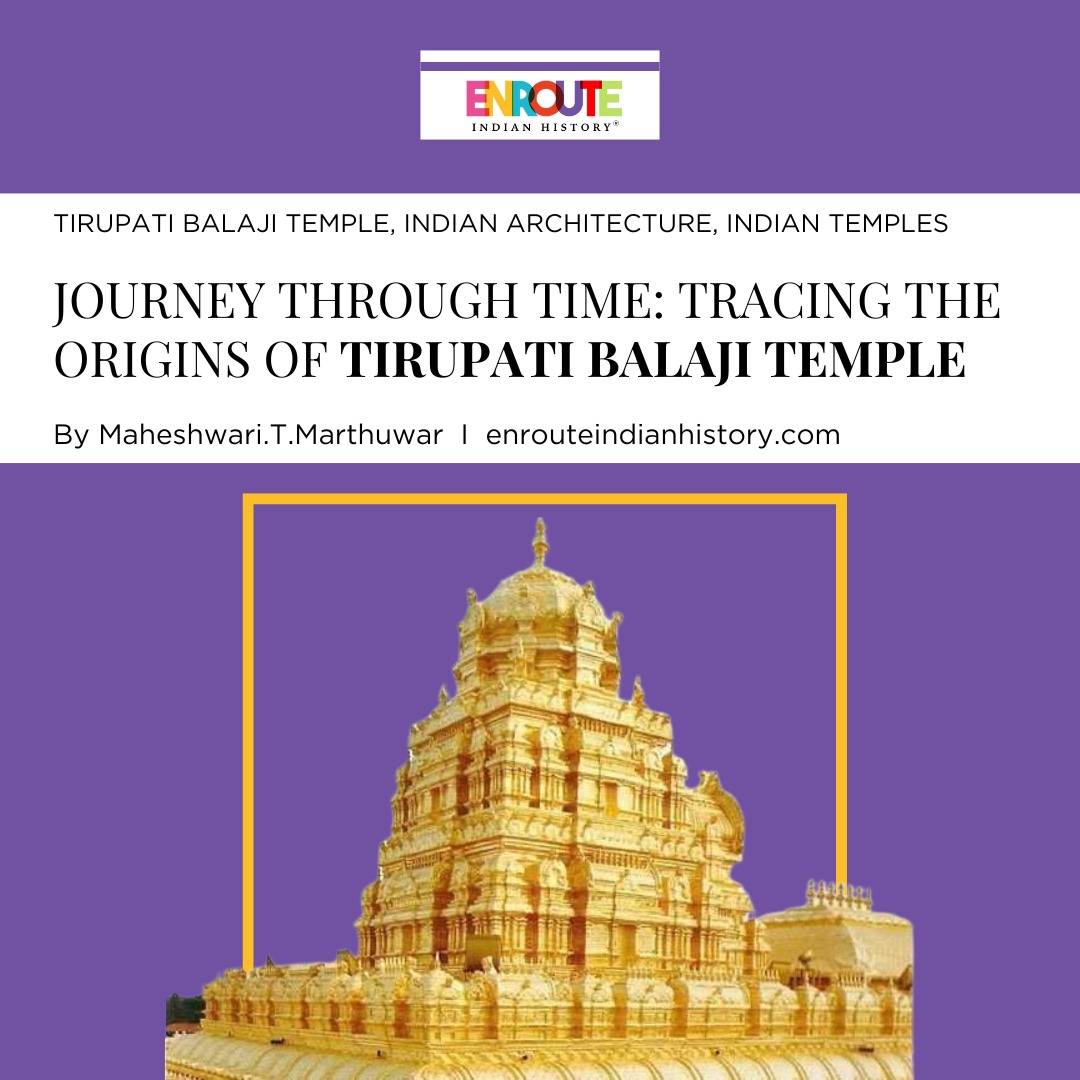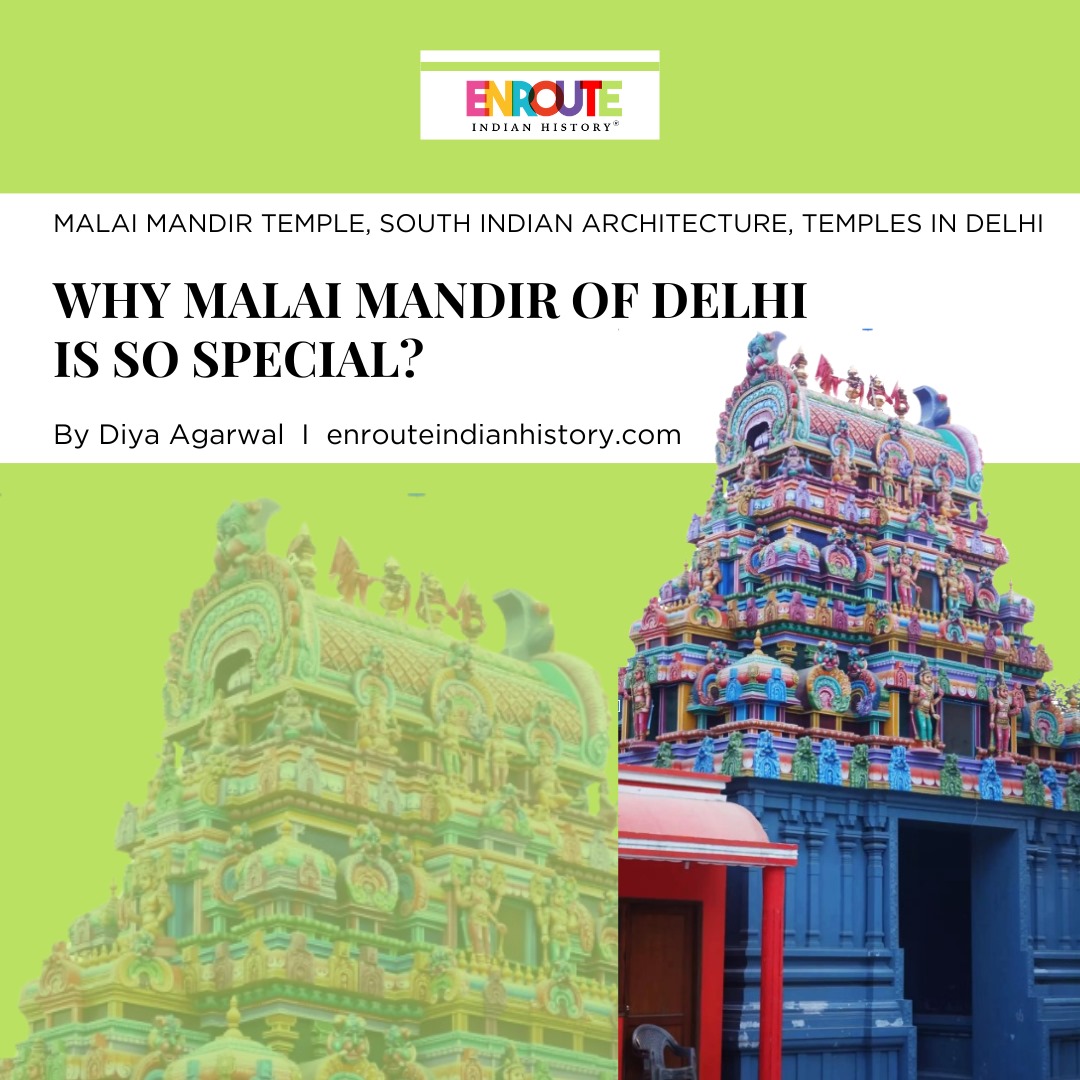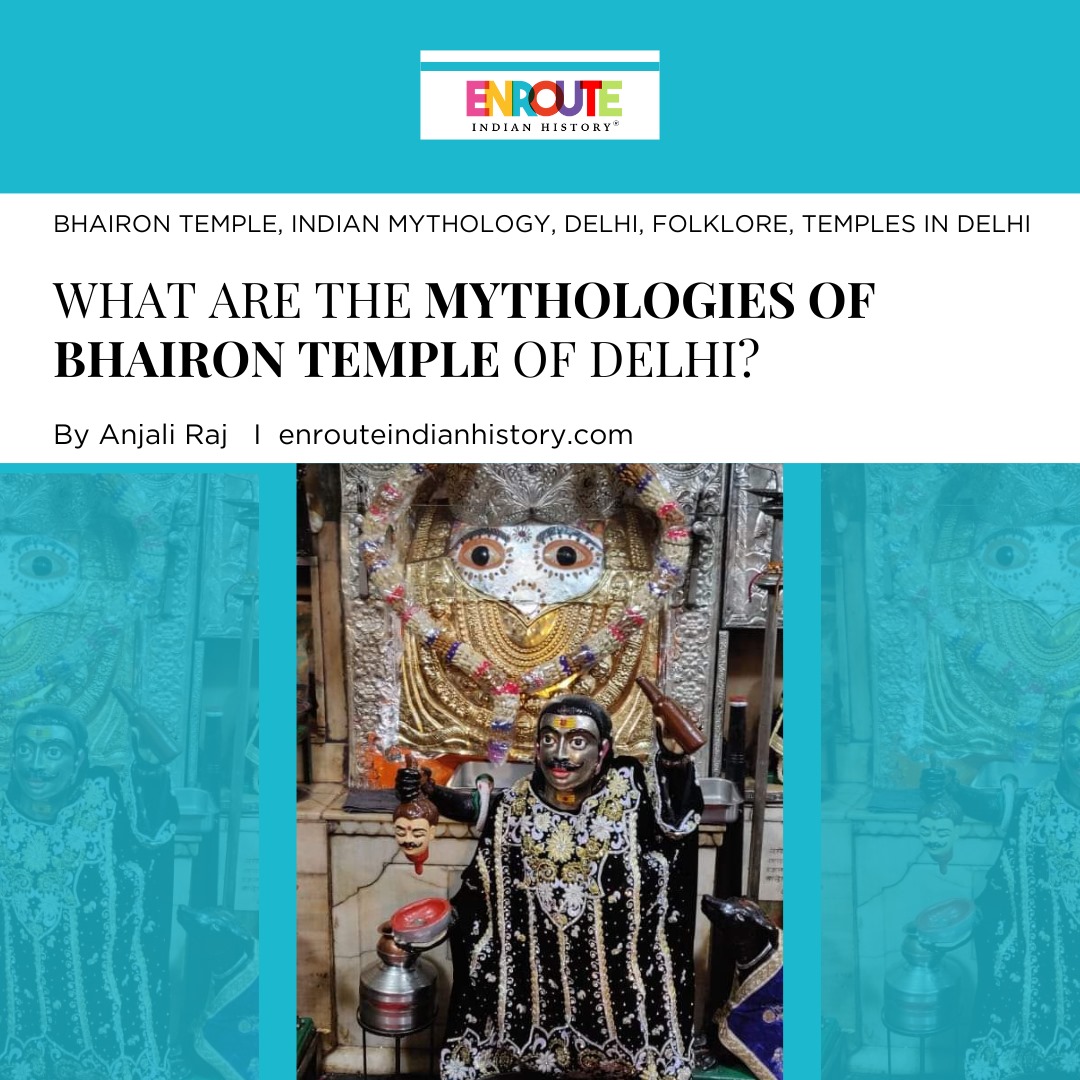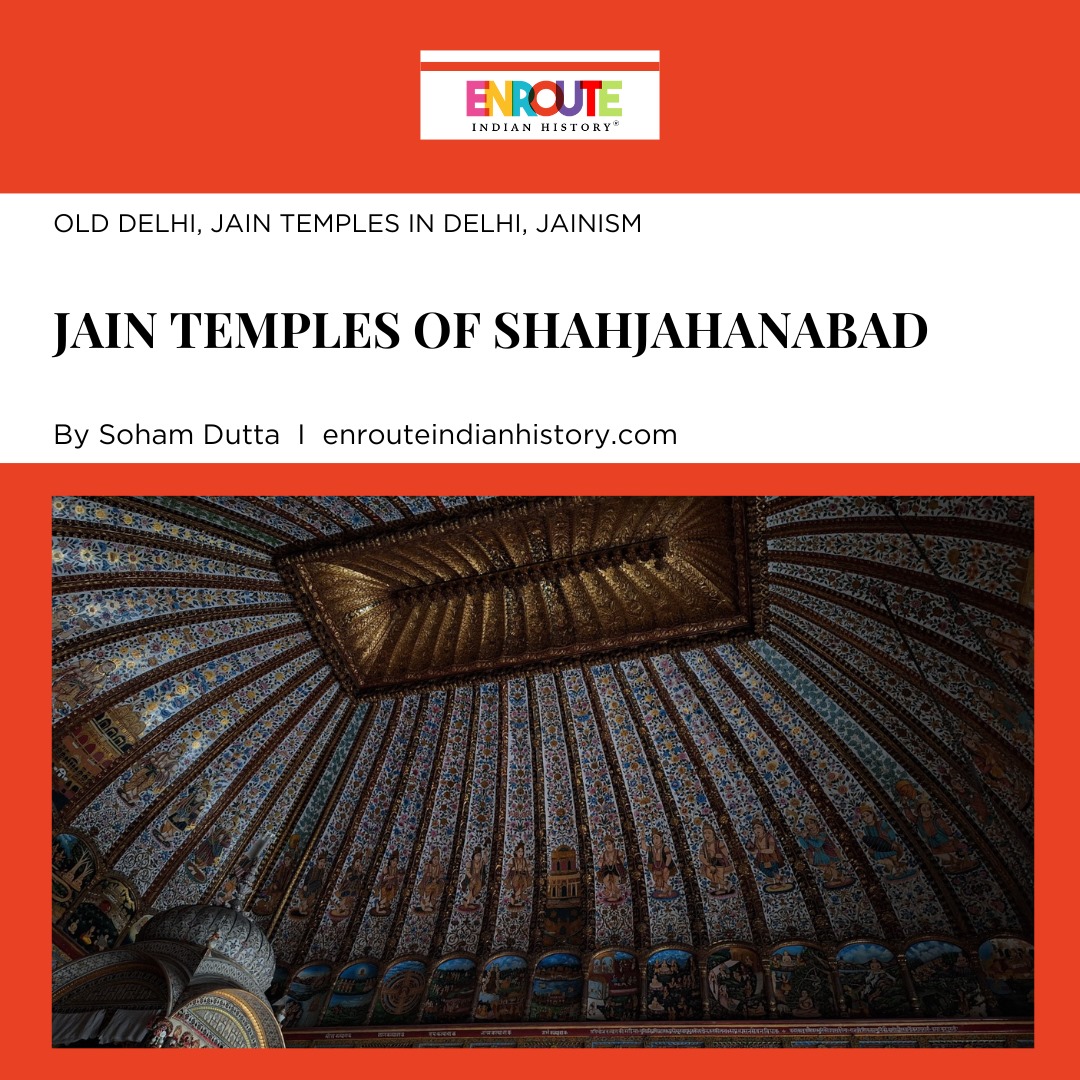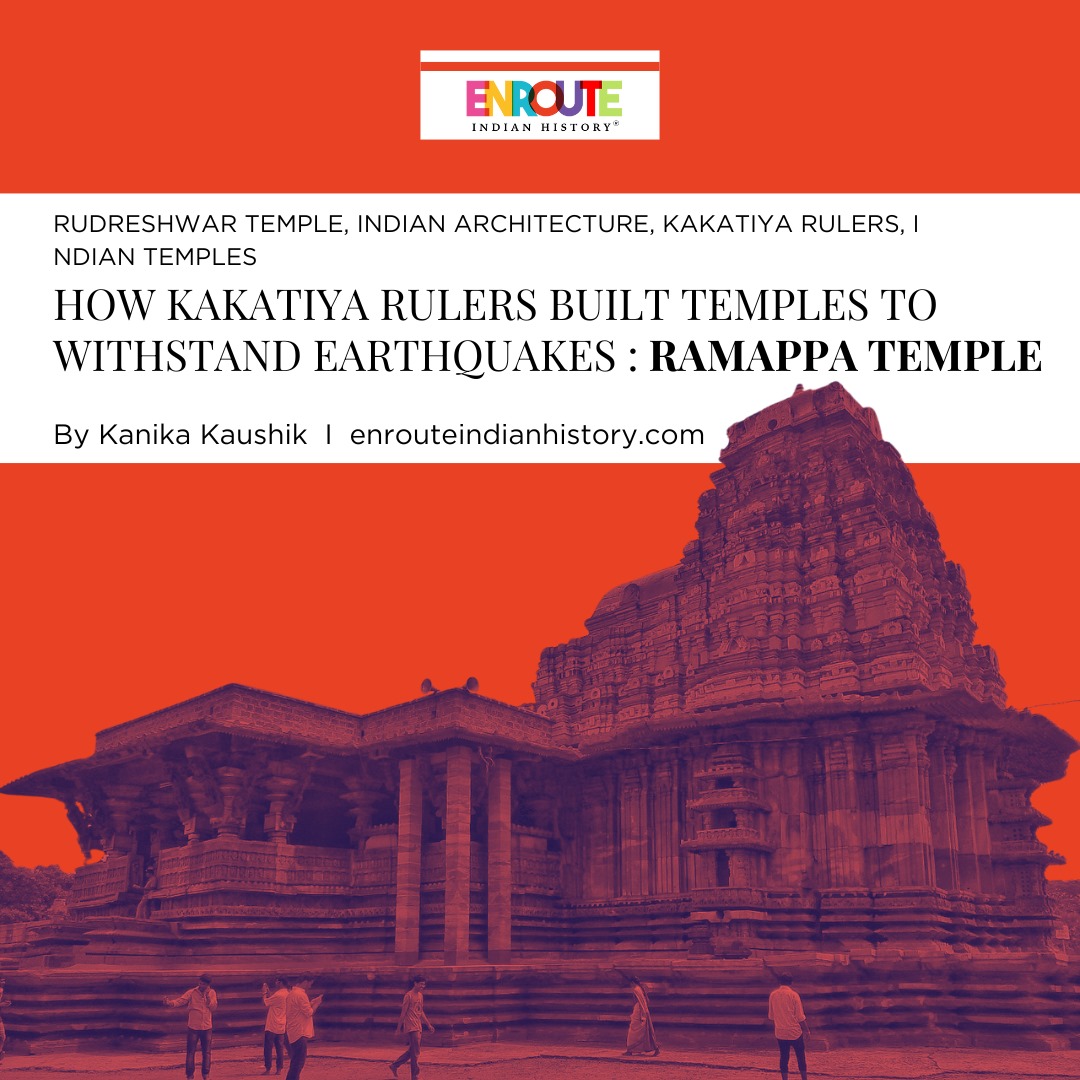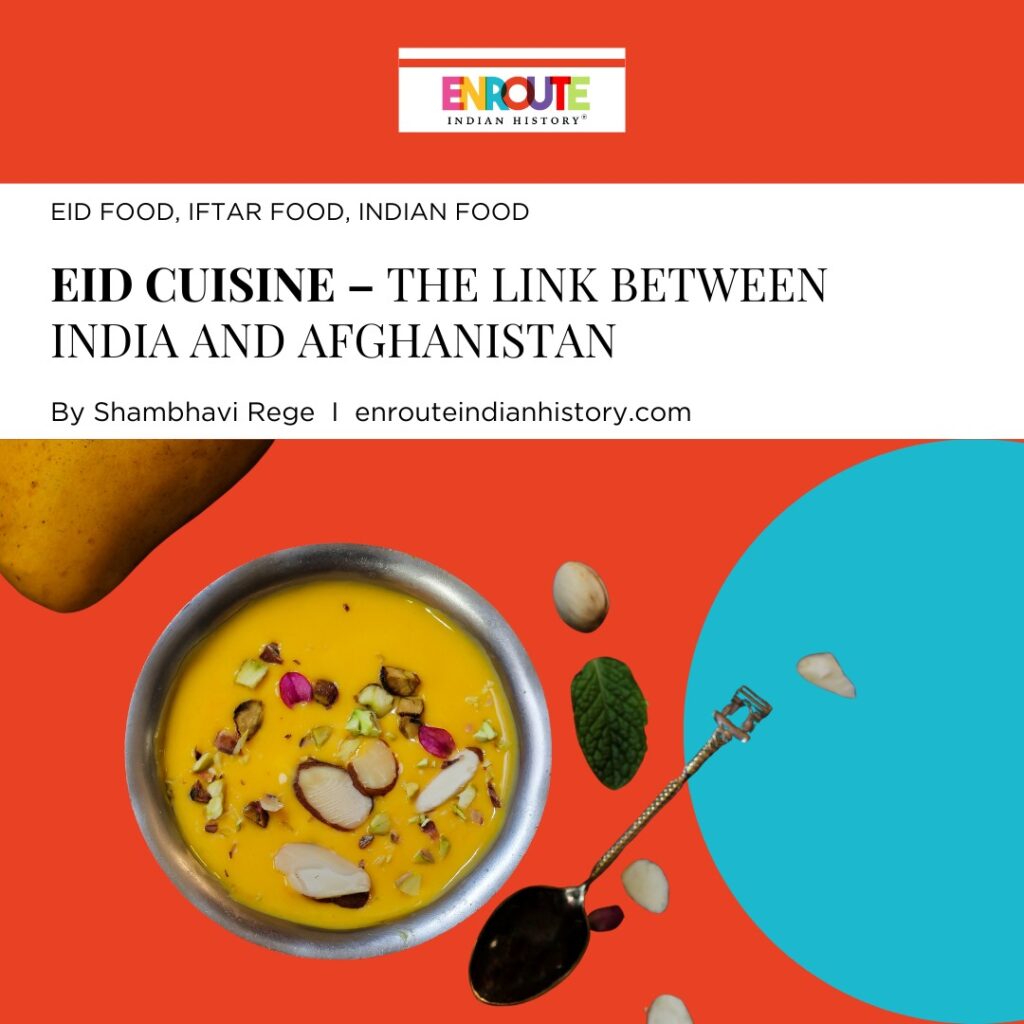
India is a land of diverse cultures, traditions, customs, languages, religions and cuisines. Its diversity is the result of foreign trade and networks, and the assimilation of rulers and dynasties over hundreds of years. Every ruler and dynasty brought with them their own culture and cuisine. As a result, Indian food gained diversity. For many Indians, food is not only a means of nutrition but an emotion. Food is associated with different regions, festivals and special events. Every Indian festival has a variety of food associated with it. Eid is one such festival. Eid food has it all, refreshing welcome drinks, meat starters and dishes, vegetable spread and sweet dishes. Eid food as seen today is a culmination of years of historical events. It has influences of Persian, Afghan, Middle Eastern and Mughal cuisine. Afghan cuisine which stands out due to its use of various types of meat, breads and dry fruits has a close relationship with Indian food that is particularly highlighted during the Eid feast.
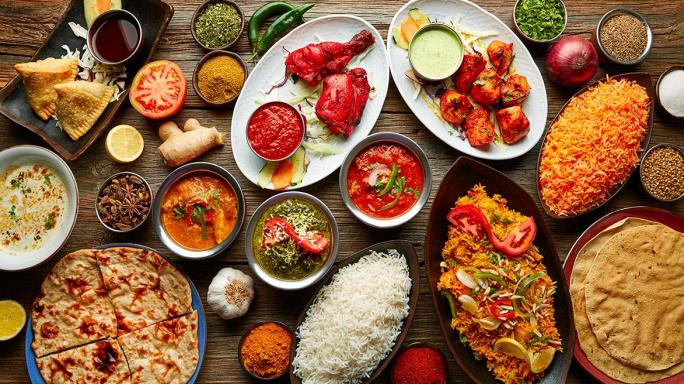
Spread of delicious food during eid.
(Source- Reader’s Digest, 2020)
Indian food and traditions go hand in hand. Every region in India has its share of secret recipes, magic ingredients and forgotten culinary tales. The same set of ingredients can be used to prepare different dishes. There is food specially curated for fasting, changes in climate and even festivals. Every festival in India has a treasure of tasty food dishes, ranging from sweetmeats on Diwali to plum cakes and cookies on Christmas to the delicious spread of meat and sweets during Eid. The festival of Eid is associated with Ramzan, the ninth month of the Islamic calendar when Muslims worldwide observe a month of fasting. During this, the Sehri or Suhoor (meal eaten early before sunrise) and Iftar (the evening meal) are two significant meals for the fasting people.
Influence on Indian Food
The cheerful lighting, bright coloured and bejewelled clothes, the smell of succulent roasted meat and the sweet aroma of phirni awaken the memory of Eid. Eid food, though grand and varied, is specially curated to suit the appetite of the fasting people. It has a combination of fresh vegetables, fruits, proteins, sugar and water content rich food. It balances the nutrient requirement and the acidic nature of food for the fasting person. A table full of naans, kebabs, biryanis, jalebis, kormas and phirni not only regulates a person’s food intake but also satisfies the taste buds of the pickiest of food eaters. This varied Eid food spread has a rich history to it. Every ingredient, each dish and drink in the Eid food spread has a past, travelling to India. Some of the famous Eid food dishes have a connection with Afghanistan and have an interesting history to it.
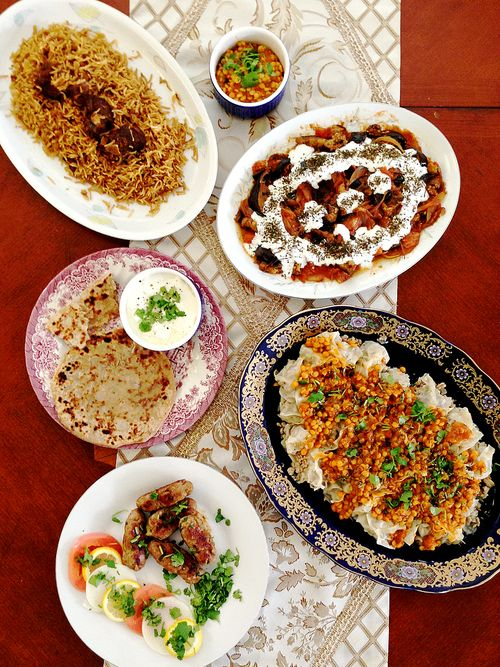
Popular dishes from Afghanistan that have found their way in Indian cuisine.
(Source- Noshtopia, 2013)
Culinary connection between Indian food and Afghanistan
India and Afghanistan, are two countries that not only are a part of the Asian continent but also share few customs, culture and cuisine. Afghanistan had a long-standing history with India even before the two countries came into existence. The trade centres of Kabul and Kandahar found references in Indian literature and the Indian spices gained a market there. Foreign rulers such as Mohammad of Ghor, Muhammad of Ghazni and Sher Shah Suri came to India, plundered it and returned to their homes with wealth. The 3rd battle of Panipat fought between Ahmad Shah Abdali and the Marathas made a mark on Indian Afghan history. It was the Mughal invasion in India that witnessed the assimilation of Persian and Afghan origin food in Indian regions and finding a place in households. Since then Afghan origin food has found an eternal place in the Indian palate which is particularly witnessed during Eid.
Indian Eid food and its roots in Afghanistan
Indian Eid food is a display of various mouth-watering delicacies that manage to satisfy the taste buds of both spicy and sweet food lovers. The famous dishes at Iftar parties that are relished by all are phirni, jalebi, sheer korma, faluda, shorba, the spread of kebabs, tikkas, biryanis and pulao. Though cooked with Indian ingredients, most of these dishes find their origin in Afghanistan and the border regions of Persia and Uzbekistan. Do pyaza, the famous dish which consists of either meat or paneer, originated in the Pashtun region. Predecessors of the Mughals, the Afghans brought their culinary wealth. According to Dupree “ the Mughals stemmed from the cities of what is now Uzbekistan, but conquered India via Afghanistan”, therefore making a major impact on north Indian food.
Famous Eid and Iftar food
The food dishes incorporated in Indian cuisine from the faraway Afghan lands soon became an integral part of Eid. Some of the food dishes that originated in Afghanistan and found a permanent place in Eid cuisine are –
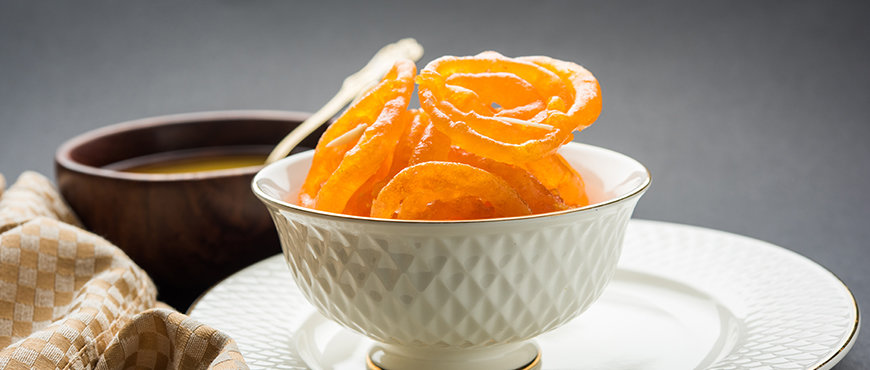
Jalebi, the mouth watering and beloved sweet in India
(Source- Dwarka Organic, 2024)
- Jalebi. This Afghan jalebi disguised itself so well as an Indian dish that it’s surprising to know that the dish originated in a foreign land. This crispy, mouth-watering sweet is a famous delicacy during Eid. Known as Zalabiya or Zalibiya it finds its roots in north western afghanistan and is still popular in the region as well as in the middle east. Though the Afghan roots of the indian jalebi are surprising but the dish has adapted well to the indian palette and is now found in every other sweet shop in India.
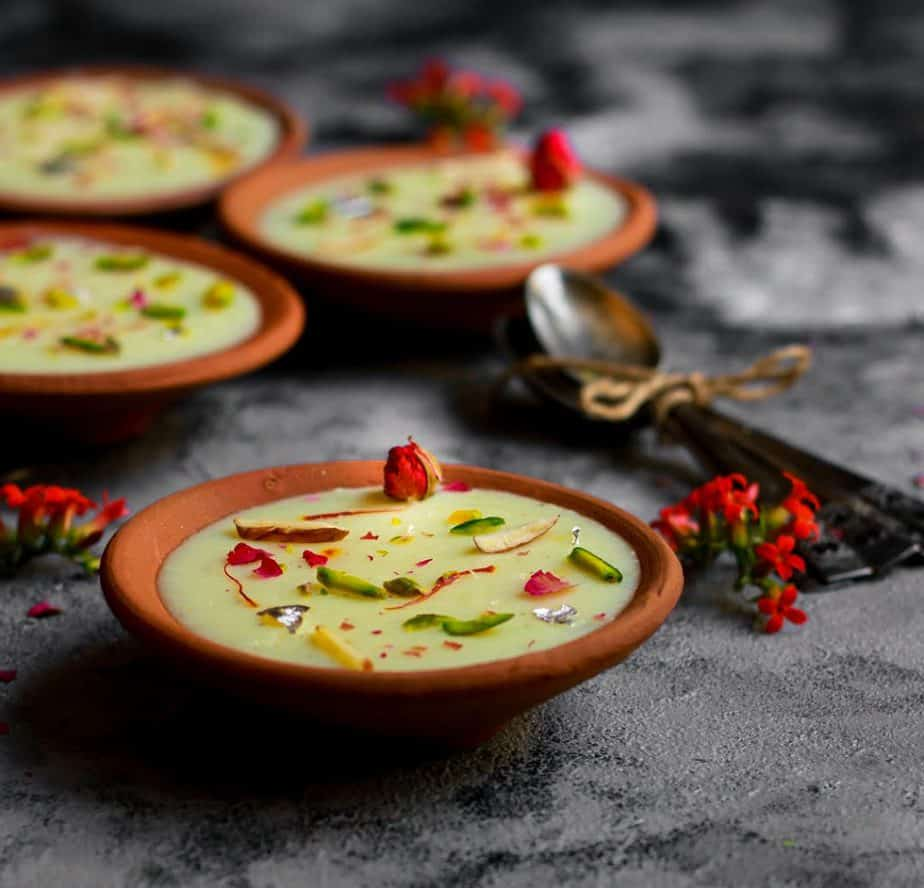
Phirni or Firnee, the silky sweet dish that is popular during Eid.
(Source- Natasha Minocha, Tasha’s, 2020)
- Phirni (Firnee). Phirni is a star of the Eid food. This smooth, sweet and tasty dessert was originally made with milk, cornstarch, sugar and a hint of rosewater. The rosewater lends it an exotic aroma and taste that is irresistible. This star dessert from the lands of Afghanistan, introduced to India by the Mughals has a special place in the hearts of sweet lovers.
- Kebabs and Tikkas. One of the most known Afghan dishes that can be found everywhere in India are the kebabs and tikkas. Originating in the Persian and Afghan regions, this famous dish is a popular starter across Indian restaurants. Eaten with salad and naan kebabs are a must-have on Eid.
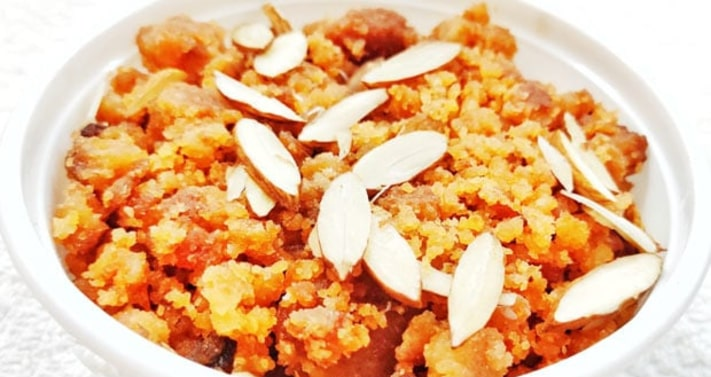
Malida
(Source- Indian Food Recipes, 2020)
- Malida. Malida is a dish made with a wonderful combination of sugar, flour, milk, semolina and butter. It creates a mouth-watering sweet dish with a hint of cardamom and rose water in it. This exotic sweet dish that is a must-have during the Eid festival finds its roots in Afghanistan where it originated in the pashtun and persian households. It is enjoyed year-round with a cup of hot tea.
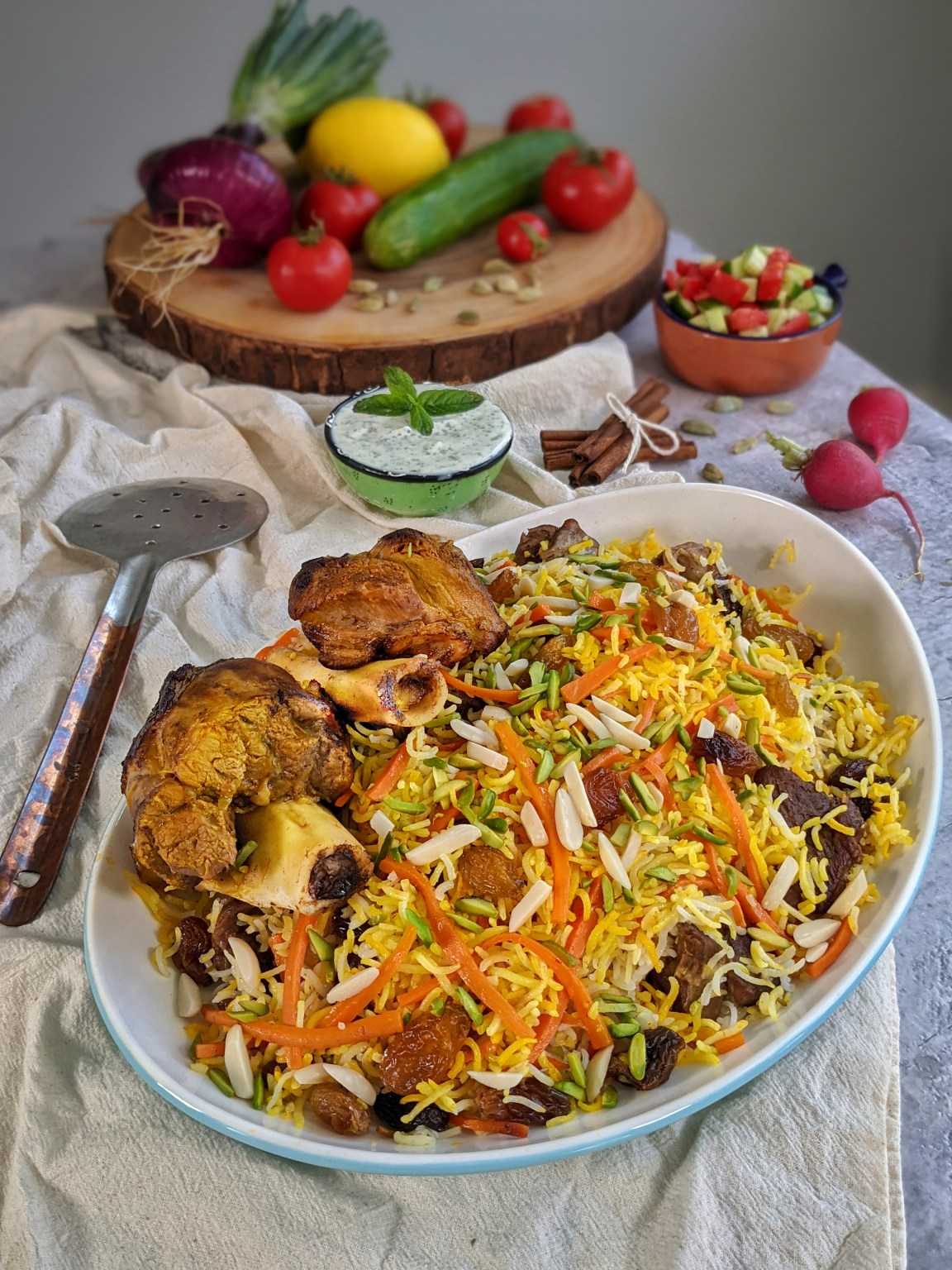
Kabuli Pulao, as it is called in India
(Source- The Caspian Chef, 2021)
- Qabli Pilau (Kabuli Pulao). Rice has an important role to play in the Eid food. It’s used to make various types of pilaus, biryanis and kichris. The Qabli pilau originated in northern Afghanistan, on the border with Uzbekistan and was brought to India by the Mughals. Here it witnessed several changes but the regional pilau remains a famous dish during Eid, made with raisins, meat, carrots and almonds. Iftar food is incomplete without rice.
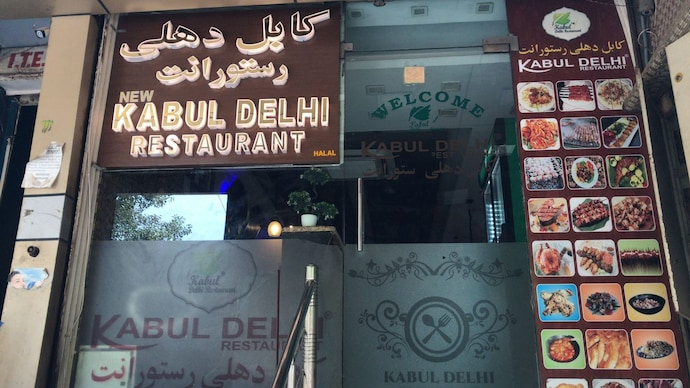
Little Kabul, near Lajpat Nagar, Delhi.
(Source- Curly Tales, 2019)
During Eid, the aroma of roasted meat and bread burnt in a clay oven, the use of almonds, pistachio nuts, cashews, raisins and saffron, the familiar smell of seasoned rice, hint of rosewater and the sweet aroma of phirni travels through this lane, giving a glimpse of the authentic Afghan cuisine but the place is located in south Delhi. The little Kabul, a lane near Lajpat Nagar, is where the displaced Afghans took refuge after the war with Russia. Refugees who are displaced from their homeland often face cultural loss. But the resilient Afghans of little Kabul have kept their traditions, customs and cuisine alive, seamlessly blending it with the Indian atmosphere. Their sources of joy consist of little, their customs and cuisine that ties them to their homeland and the welcoming spirit of Indians who not only incorporated the famous dishes into the Eid food and made it a part of Indian cuisine but also welcomed the displaced people with warmth. This little place comes alive during the Eid when delicacies are exchanged and smiles are back.
References
Dupree,Louis.” Afghanistan”. 1973
Ebtikar, Munazza. “At the “Crossroads of Asia”: The transnationality of Afghan Cuisine.” Afghan Magazine (2019).
Ghosh, Anusua. “An overview of Indian culinary journey with a glimpse of regional cuisine.” Bulletin of Culinary Art and Hospitality (2022): 33-40.
Mahapatra, Vishu Antani and Santosh. “Evolution of Indian cuisine: A socio – historical review.” Journal of Ethnic Foods (2022).
https://stratnewsglobal.com/neighbours/afghanistan/worth-its-salt-the-indo-afghan-culinary-connect/
- April 25, 2024
- 25 Min Read
- April 25, 2024
- 14 Min Read
- April 25, 2024
- 6 Min Read


